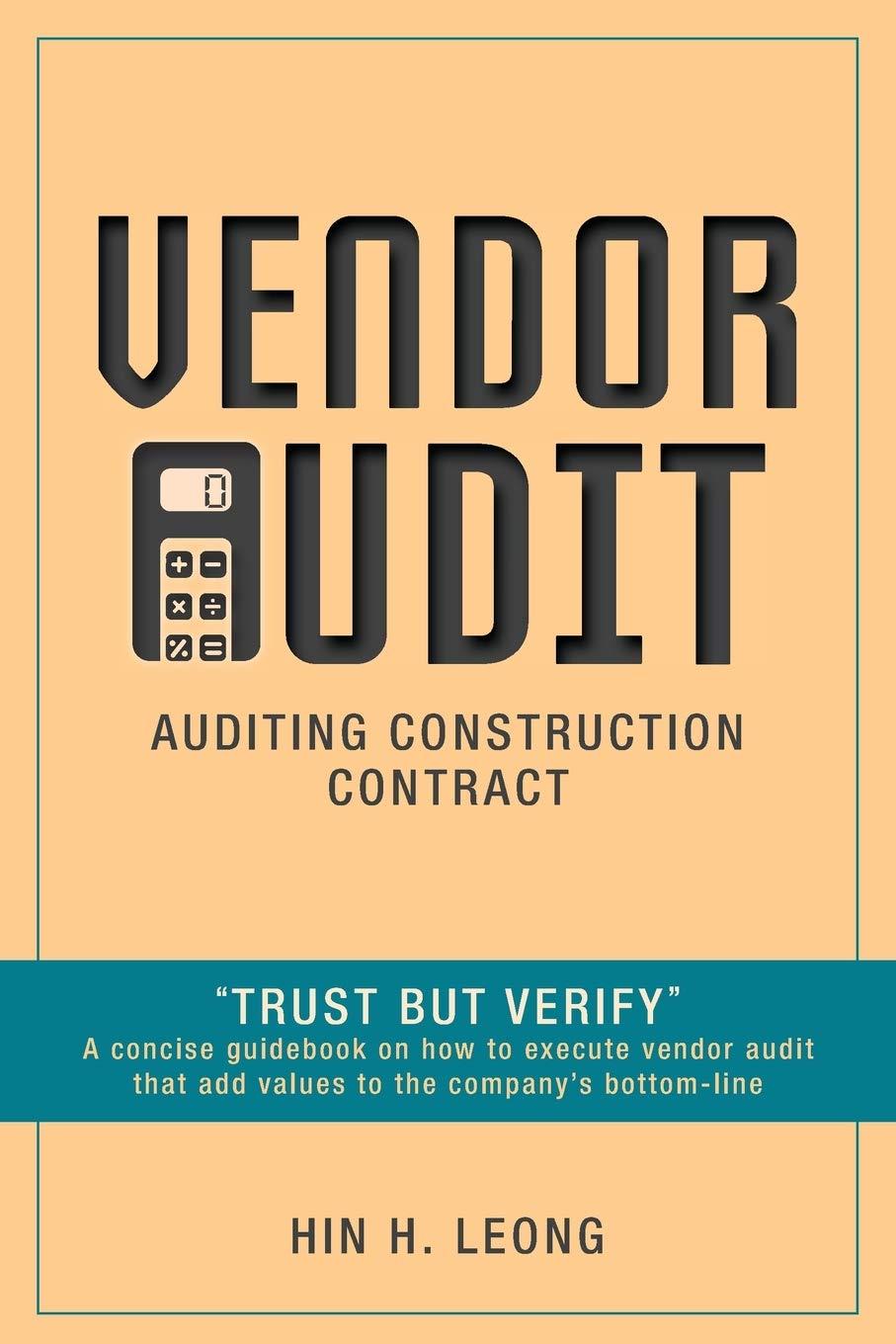

Constructing the Consolidated Balance Sheet at Acquisition Easton Company acquires 100 percent of the outstanding voting shares of Harris Company on January 1, 2019. To obtain these shares, Easton pays $210,000 in cash and issues 5,000 of its $10 par value common stock. On this date, Easton's stock has a fair value of $36 per share, and Harris's book value of stockholders' equity is $280,000. Easton is willing to pay $390,000 for a company with a book value for equity of $280,000 because it believes that (1) Harris buildings are undervalued by $40,000, and (2) Harris has an unrecorded patent that Easton values at $30,000. Easton considers the remaining balance sheet items to be fairly valued (no book-to-fair value difference). The remaining $40,000 of the purchase price excess over book value is ascribed to corporate synergies and other general unidentifiable intangible assets (goodwill). The January 1, 2019, balance sheets at the acquisition date follow: Cash Receivables Inventory Investment in Harris Land Buildings, net Equipment, net Total assets Accounts payable Long-term liabilities Common stock Additional paid-in capital Retained earnings Total liabilities & equity Easton Harris Company Company $84,000 $40,000 160,000 90,000 220,000 130,000 390,000 100,000 60,000 400,000 110,000 120,000 50,000 $1,474,000 $480,000 $160,000 $30,000 380,000 170,000 500,000 40,000 74,000 360,000 240,000 $1,474,000 $480,000 a. Show the breakdown of the investment into the book value acquired, the excess of fair value over book value, and the portion of the investment representing goodwill. Do not use negative signs with your answers. Cash paid Fair market value of shares issued Purchase price Less: Book value of Harris Excess payment Excess payment assigned to specific accounts based on fair market value: Buidlings Patent Goodwill b. Prepare the consolidating adjustments and the consolidated balance sheet. Identify the adjustments by whether they relate to the elimination of stockholders' equity [S] or the excess of purchase price over book value [A]. Remember to use negative signs with your consolidating entries, when appropriate. Easton Harris Consolidation Consolidated Company Company Entries Totals Cash $84,000 $40,000 Receivables 160,000 90,000 Inventory 220,000 130,000 Investment in Harris 390,000 Land 100,000 60,000 Buildings, net 400,000 110,000 (A) Equipment, net 120,000 50,000 Patent Goodwill (A) Total assets $1,474,000 $480,000 Accounts payable $160,000 $30,000 Long-term liabilities 380,000 170,000 Common stock 500,000 40,000 (5) Additional paid-in capital 74,000 Retained earnings 360,000 240,000 (5) Total liabilities & equity $1,474,000 $480,000 c. How will the excess of the purchase price over book value acquired be treated in years subsequent to the acquisition? Select the statement that is false. Goodwill will be tested for impairment but not amortized. The excess assigned to Buildings will be depreciated over their estimated useful lives. Goodwill will be tested for impairment and amortized over a fifteen year period. The value assigned to the unrecorded Patent will be amortized over its expected useful life








